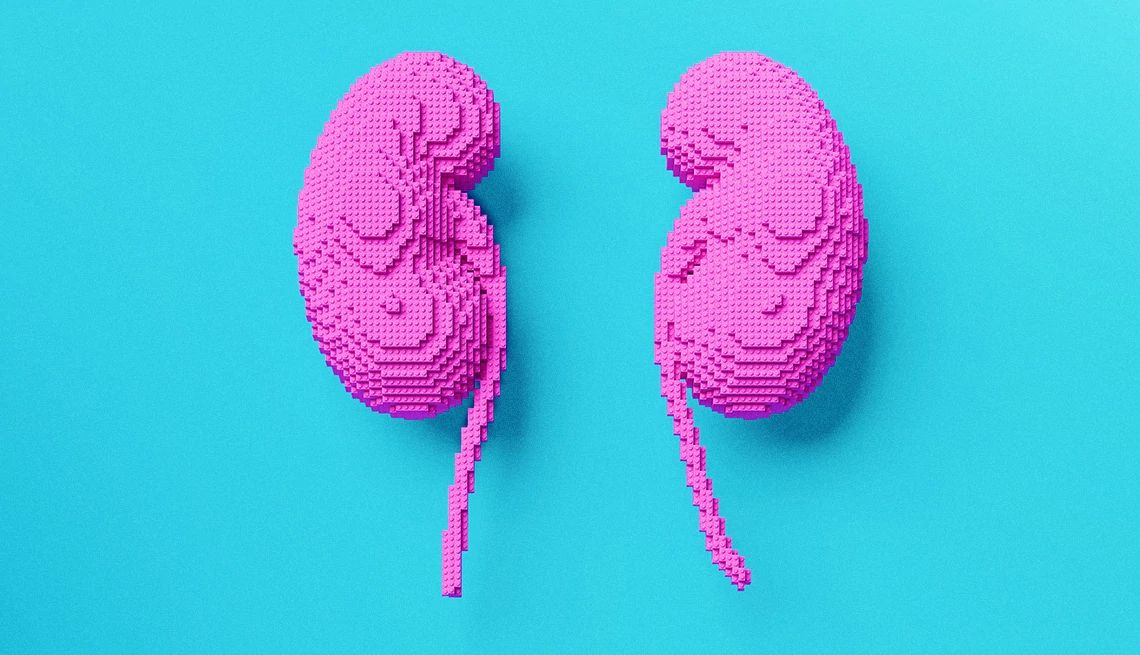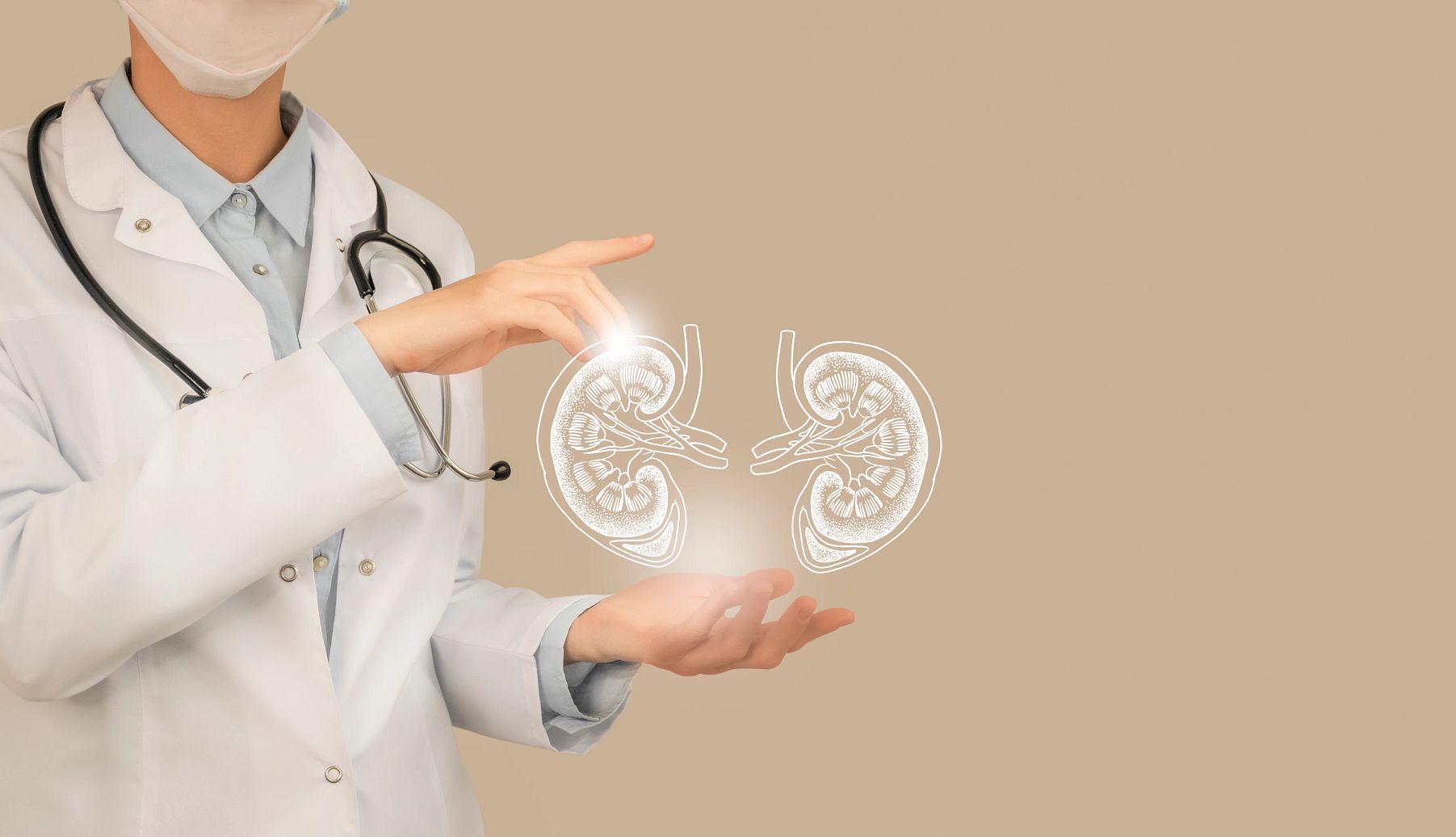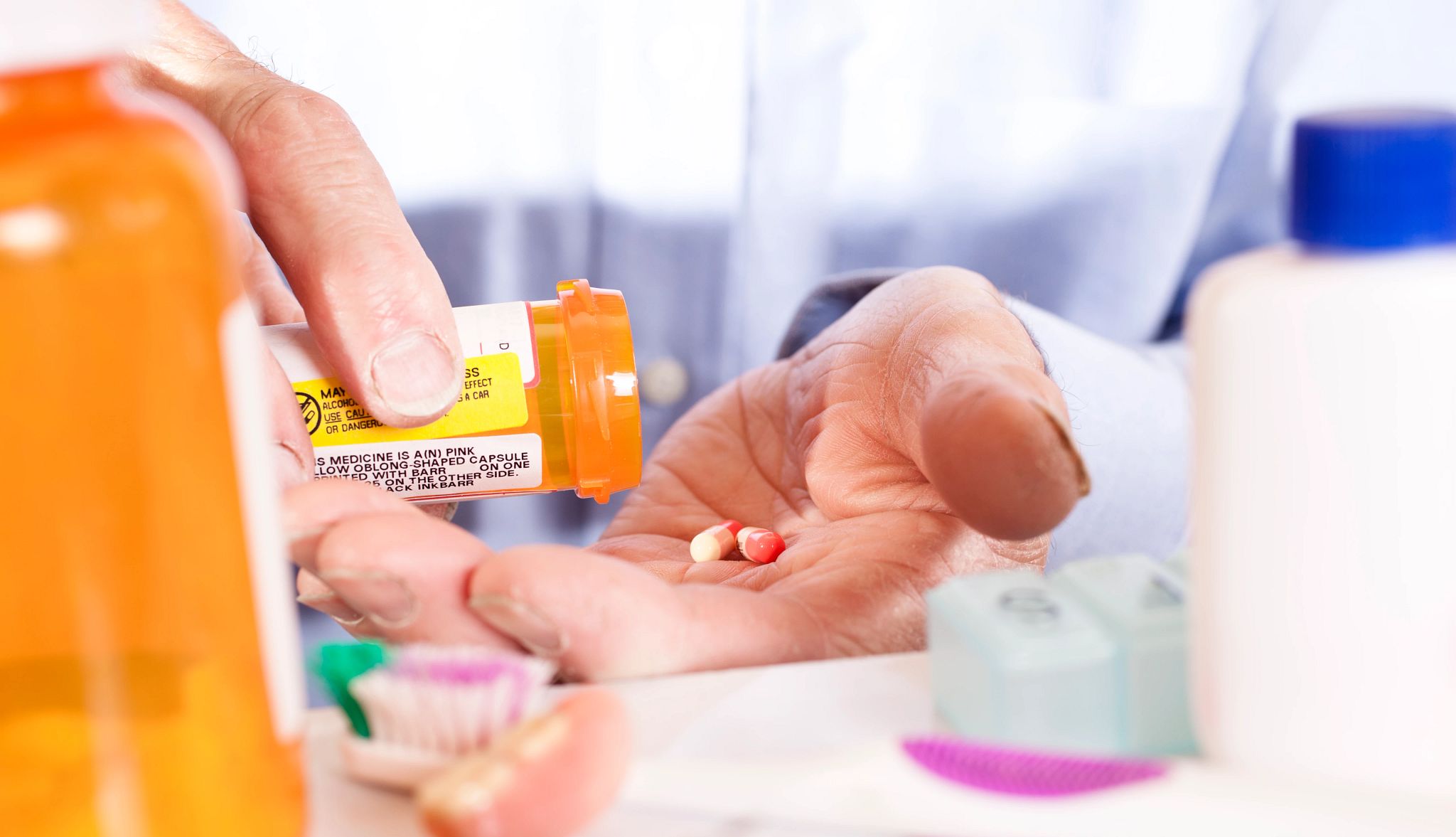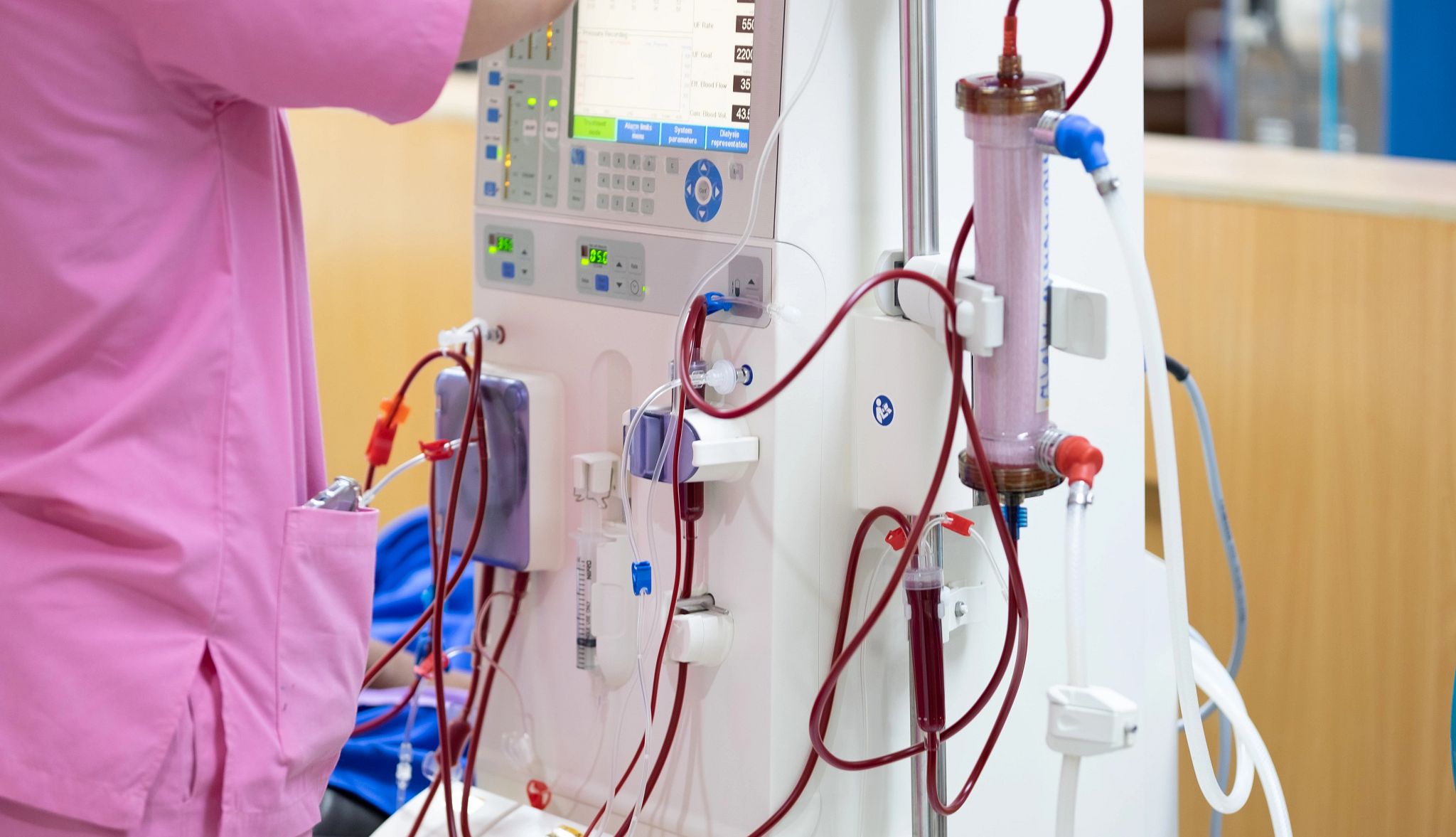AARP Hearing Center


You probably know that your kidneys do the vital job of filtering blood and flushing out waste from your body in the form of urine. Around 200 quarts a day of fluid — enough to fill a large bathtub — flow through your kidneys each day, with about 2 quarts of it excreted as urine.
But did you know that these two bean-shaped organs, located on either side of the spine in the middle of your back, perform myriad other life-sustaining functions that help your nerves, muscles and tissues function normally? They help control blood pressure, stimulate the production of red blood cells, keep your bones strong by managing levels of vitamin D, and regulate salts and minerals that circulate in the bloodstream to help keep your body in balance.
As you age, however, so do your kidneys. In fact, kidney function declines about 1 percent per year after age 40. Although the rate of decline varies among individuals, one-third of Americans over 65 have some degree of kidney disease, according to the Centers for Disease Control and Prevention (CDC).
Most people don’t experience any symptoms, but if severe, the decline in kidney function can lead to a host of conditions, from muscle weakness to swelling of the hands and ankles and anemia. It can also exacerbate high blood pressure, heart disease and diabetes, and evolve into kidney (or renal) failure.
Chronic kidney disease (CKD) is among the fastest-growing noncommunicable diseases in the United States, affecting some 37 million people — a phenomenon driven largely by the obesity epidemic and the resulting explosion in diabetes and hypertension.
What makes kidney disease so problematic is that it tends to be asymptomatic: According to the CDC, nine out of 10 people don’t even know they have CKD until it reaches a more advanced stage. “They don’t have any symptoms that identify it. It’s like a silent killer,” says Kevin Abbott, M.D., program director for the Division of Kidney, Urologic, and Hematologic Diseases at the National Institute of Diabetes and Digestive and Kidney Diseases (NIDDK).
If symptoms do emerge, they can be vague and similar to symptoms of numerous other conditions: fatigue, back pain, swelling of the ankles, changes in urination, swelling around the eyes, blood in the urine and persistent itchiness, especially around the legs and back. That’s why experts say testing for kidney disease is so important.
So how can you keep your kidneys healthy as you age? And if you have kidney disease, what can you do to slow the progression and manage it to lead your best life?
In this AARP Smart Guide, we’ve gathered the latest, most authoritative scientific information to help you navigate the challenges of kidney health and kidney disease.


KNOW THE BASICS
1. Chronic Kidney Disease
Chronic Kidney Disease (CKD) is the most common kidney condition. It occurs when your kidneys can’t filter blood correctly for three months or longer and are permanently damaged. There are five stages of chronic kidney disease; stage 1 is the least severe, and stage 5 is considered end-stage renal failure and is the most serious. While kidney disease is fairly widespread among older adults, it progresses to renal failure in only 1 to 2 percent of these patients, according to the National Kidney Foundation.
The good news: If CKD is diagnosed early, there is a lot you can do to slow the progression of the disease. “If you have low kidney function, it’s not the end of the world,” says Holly Kramer, M.D., a nephrologist and professor of public health sciences and medicine, Division of Nephrology and Hypertension, at Loyola University Chicago. “With lifestyle changes and medications, you can do a lot to help your kidneys.”
2. Acute Kidney Injury
Acute Kidney Injury (AKI) is the sudden onset of kidney failure that is common in acute care settings in hospitals. It can be caused by reactions to various medications, a sudden change in blood pressure or an infection. COVID can also cause AKI. “AKI has many causes, but we try to identify AKI early to reverse the damage,” says Joseph Vassalotti, M.D., chief medical officer for the National Kidney Foundation.
3. Kidney stones
Kidney stones are hard deposits of minerals and salts that develop inside your kidneys. According to Andrea Kattah, M.D., a nephrologist at Mayo Clinic, kidney stones are often associated with family history or a diet that is high in salt or protein. Once someone has had kidney stones, there is a 30 to 50 percent chance of recurrence, says Kattah. Sometimes kidney stones pass on their own — although this can be excruciatingly painful — or they may have to be surgically removed.
4. Polycystic kidney disease (PKD)
Polycystic kidney disease (PKD) is a genetic disorder that causes fluid-filled cysts to grow in the kidneys. These cysts, in turn, reduce the kidneys’ ability to function. Symptoms of PKD include high blood pressure, pain in the stomach or back, blood in the urine, and a feeling of fullness, among others.
5. Kidney infections
Kidney infections are an inflammation usually caused by bacteria. Also known as pyelonephritis, these infections can cause fever, nausea, vomiting, dark or foul-smelling urine, pain urinating and abdominal pain, among other symptoms.
6. Gout
Gout can damage your kidneys. A painful joint condition, gout is caused by a buildup of uric acid in the body that deposits crystals in the joints, causing swelling and extreme pain. Although gout isn’t technically a kidney disease, it’s related to kidney disease because both involve uric acid that passes through the kidneys. If left untreated, gout can damage the kidneys.


YOUR RISK FACTORS
7. Manage your diabetes
Diabetes is the No. 1 cause of kidney disease. In fact, about one out of 3 people with diabetes also has kidney disease. That’s because high blood sugar, which is characteristic of diabetes, can damage blood vessels in the kidneys and the tiny filters called nephrons, leading to a buildup of impurities in the blood, and eventually CKD.
Interestingly, a study last year found that while it is necessary to closely manage blood sugar and diabetes to prevent CKD, kidney disease may also contribute to the development of diabetes. If you’re diabetic, nephrologists agree it’s important to monitor and control your blood sugar through a healthy diet, physical activity and medications.
8. Keep high blood pressure in check
High blood pressure can constrict and narrow blood vessels, which weakens your kidneys and other organs over time. If the blood vessels in your kidneys are damaged, they can’t remove waste and fluids from your body effectively. This can cause your blood pressure to spike, creating an unhealthy cycle. High blood pressure can also be a complication of kidney disease from other causes.
9. Hop on the scale
Obesity puts your kidneys at risk. The more weight you carry, the harder your kidneys have to work. Excess fat crowds the kidneys and compresses them. Inflammation that usually occurs in obese people, insulin resistance (a condition in which the body doesn’t manage blood sugar as it should) and blood-pressure-raising hormones all go along with obesity, and together drive kidney disease. “Losing even less than five percent of your total body weight can be really beneficial for your kidneys,” says Kramer.
10. Check your heart health
Heart disease can cause kidney disease, and vice versa. When you have kidney disease, your heart has to pump harder to get blood to your kidneys. If your kidneys are damaged, they don’t filter your blood adequately, leaving extra fluid and waste in your bloodstream. If that extra fluid and waste builds up in your body, it can damage the heart.
Another condition called cardiovascular-kidney-metabolic (CKM) syndrome, which has been defined by the American Heart Association as a bundle of several metabolic disorders like type 2 diabetes or obesity, also increases your chances of CKD or heart disease if you don't already have them.
11. Look at your family history
Sometimes family history contributes to kidney disease. Polycystic kidney disease, for example, is genetic, and it takes only one parent to pass on the trait. If you look at people with end-stage kidney disease, they are much more likely to have had a family history of kidney disease, says the National Kidney Foundation’s Vassalotti. But advances in genetic testing are paving the way for more precise diagnosis.
“We can test family members of a person with genetic kidney disease to see if they have the same gene for kidney disease,” Vassalotti explains. That may set the table for those with a genetic marker to begin mitigating their risk after getting an earlier, more accurate diagnosis.







































































You Might Also Like
29 Essential Tips for Boosting Liver Health
Learn how to reverse damage and avoid serious problems in the future
25 Processed Foods That Are Actually Good For You
Not everything that comes in a box, bag or can wreaks havoc on a healthy diet
10 Exercises to Help Keep You Healthy
Simple moves to stay strong and independent long into the future